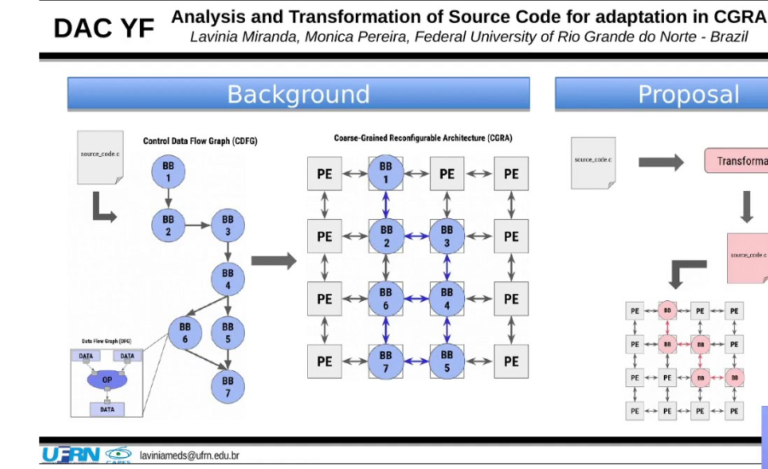Understanding 296.18, 893.17 234.90: From Currency Conversion to Data Analysis
Introduction
In today’s data-centric world, numbers often transcend their apparent simplicity and embody crucial significance across various domains, from finance to science and beyond. The figures 296.18, 893.17, and 234.90 might initially seem like ordinary digits, but their relevance can become quite profound depending on their context. This article delves into the potential interpretations and applications of these specific numbers, shedding light on their importance across different fields.
Financial Implications
Currency Conversion
One common scenario where these numbers might appear is in currency conversion. When dealing with foreign exchange rates or financial statements, figures like 296.18, 893.17, and 234.90 can represent amounts in various currencies.
- 296.18: This number could denote an amount in euros or pounds, reflecting a specific transaction or financial report.
- 893.17: This figure might represent a larger sum, such as a substantial investment or a significant purchase.
- 234.90: This might indicate a smaller expenditure or a specific amount related to a financial activity.
Understanding these numbers in the realm of currency conversion helps both individuals and businesses better manage their financial resources.
Investment Analysis
In the world of investment, these numbers can be critical indicators of asset values or stock prices.
- 296.18: This could be the price per share of a particular company’s stock, providing insight into market valuation.
- 893.17: This number might represent the total value of an investment portfolio, reflecting the cumulative worth of various assets.
- 234.90: This could denote the value of an individual asset within the portfolio.
Investors analyze these figures to make informed decisions regarding buying, selling, or holding investments.
Scientific and Technical Applications
Measurement Units
In scientific research and technical applications, such numbers often represent measurements of physical quantities.
- 296.18: This could be a temperature reading in degrees Kelvin or another scientific unit, essential for various experiments.
- 893.17: This number might be a measurement of distance, pressure, or other scientific parameters.
- 234.90: This could signify a concentration level or a specific quantity in a lab setting.
Accurate measurements are vital for research, innovation, and technological progress.
Data Analysis
In the field of data analysis, these figures might represent statistical metrics such as averages, medians, or other key indicators.
- 296.18: This number might be the average value in a data set, providing insight into overall trends.
- 893.17: This could represent a median value or a significant data point that stands out in the analysis.
- 234.90: This might be indicative of a standard deviation or another statistical measure.
Interpreting these numbers helps analysts derive meaningful conclusions from data sets.
Practical Uses
Budgeting and Expense Tracking
In personal and business finance, these numbers can be used for budgeting and expense tracking.
- 296.18: This figure might represent the cost of a specific item or service, aiding in expense management.
- 893.17: This number could denote a total budget allocation for a particular category, such as monthly expenses.
- 234.90: This might be a recurring expense or a one-time cost that needs to be tracked.
Effective budgeting with these figures ensures financial stability and helps with strategic planning.
E-commerce and Retail
In the e-commerce and retail sectors, such numbers are often associated with pricing and transaction amounts.
- 296.18: This could be the price of a product or service, influencing purchasing decisions.
- 893.17: This figure might represent the total sales amount for a specific period, such as a day or month.
- 234.90: This could denote a discount or promotional offer, affecting customer purchasing behavior.
Understanding these pricing and transaction figures allows businesses to refine their pricing strategies and improve customer satisfaction.
Conclusion
The numbers 296.18, 893.17, and 234.90, while seemingly ordinary, reveal their significance across a multitude of domains. In financial contexts, they offer insights into currency conversion, investment analysis, and budgeting strategies. Their relevance extends to scientific and technical fields, where they represent critical measurements and data metrics. In e-commerce and retail, these figures play a role in pricing strategies and transaction analysis. Understanding the context and implications of these numbers enables better decision-making and more effective management of resources, whether in personal finance, investment, scientific research, or business operations.
FAQs
1. What do the numbers 296.18, 893.17, and 234.90 represent in finance?
In finance, these numbers can indicate various monetary amounts. For example, 296.18 could be a currency amount or stock price, 893.17 might represent an investment portfolio value, and 234.90 could denote a specific expense or financial transaction.
2. How are these numbers used in scientific and technical contexts?
In scientific and technical contexts, these numbers may represent measurements such as temperature, distance, or concentration. Accurate interpretation of these figures is crucial for research and technical analysis.
3. Can these numbers be important in data analysis?
Yes, these numbers can be significant in data analysis as they may represent averages, medians, or standard deviations within a data set. Analyzing these figures helps in understanding trends and deriving meaningful insights.
4. How can 296.18, 893.17, and 234.90 impact budgeting and expense tracking?
For budgeting and expense tracking, 296.18 might be a specific cost, 893.17 could denote a total budget allocation, and 234.90 might represent a recurring or one-time expense. Proper tracking of these figures aids in maintaining financial stability.
5. What role do these numbers play in e-commerce and retail?
In e-commerce and retail, these numbers often relate to pricing, total sales, and discounts. For example, 296.18 could be the price of a product, 893.17 might be total sales for a period, and 234.90 could be a discount amount. Understanding these figures helps businesses optimize pricing strategies and enhance customer satisfaction.
Stay tuned for the latest news and updates on Gaze Up






